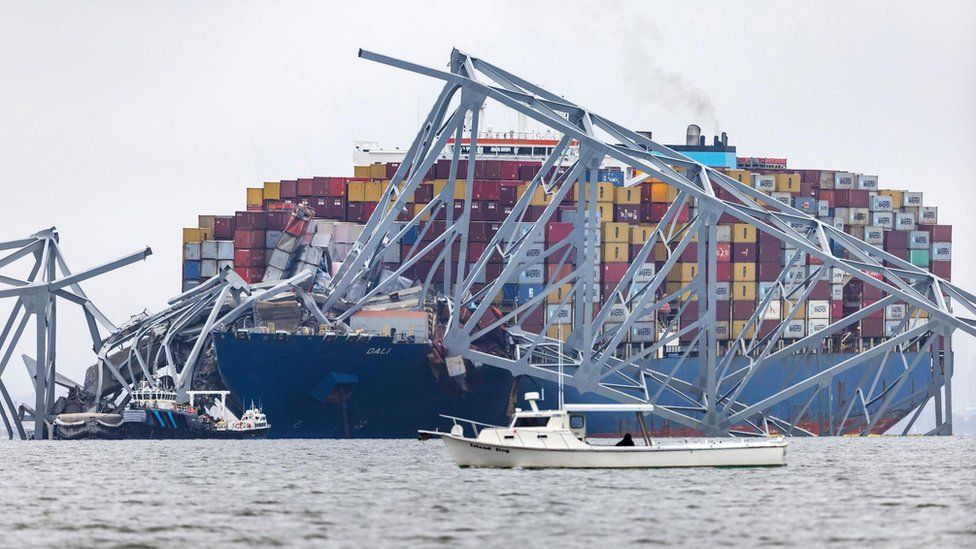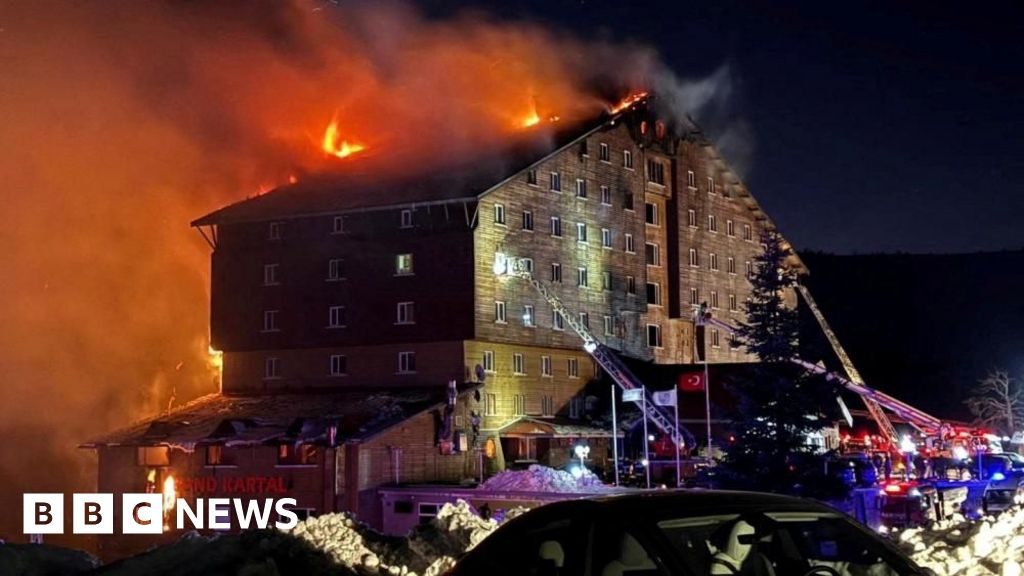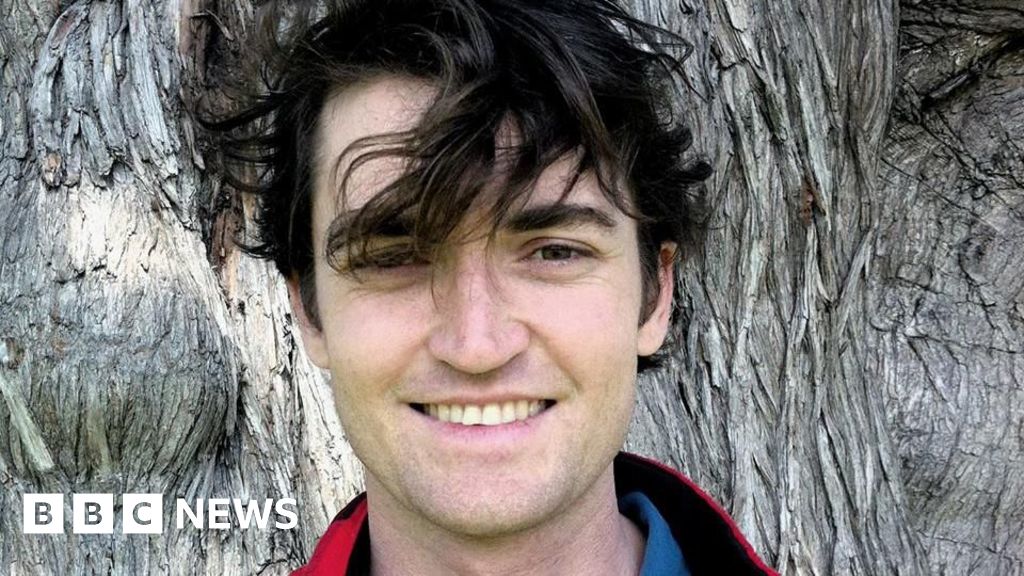ARTICLE AD BOX
 Image source, Shutterstock
Image source, Shutterstock
Experts say the Dali is much larger than ships at the time of the Francis Scott Key Bridge's construction in the 1970s
Shortly after midnight on Tuesday, the Dali container ship slammed into a concrete column holding up the Francis Scott Key Bridge, which spans the Baltimore Harbour.
A vast length of the 1.5 mile (2.4km)-long bridge immediately collapsed, plunging eight construction workers who were on the bridge at the time into the water below. Two were rescued, and six are presumed dead.
The incident shut down a major US port, leading to fears of knock-on effects on global supply chains.
Investigators are probing the cause of the crash. The recovery of the data recorder will shed more light on how the ship malfunctioned.
But experts say a series of factors, from possible poor-quality fuel leading to a power outage to the bridge being designed for much smaller ships, may have contributed to the collapse of the bridge.
Dirty fuel
Video from the incident shows the Dali losing power in the moments before the collision. A power cut may have caused the ship's crew to lose control of its steering, ultimately making them unable to control its trajectory.
Investigators are reportedly probing whether contaminated fuel played a role in the ship losing power. Impure fuel can create problems with a ship's engines and power generation.
"The vessel went dead, no steering power and no electronics," an officer told Fox News. "One of the engines coughed and then stopped. The smell of burned fuel was everywhere in the engine room and it was pitch black."
Once it lost power, the ship drifted uncontrollably towards the bridge. The crew's efforts to mitigate the impact, including steering hard to port and dropping the anchor, proved fruitless.
"This is a really big ship. And the momentum and energy associated with that ship moving even at just a couple of kilometres an hour is tremendous," said Sanjay Raja Arwade, a professor of civil engineering at the University of Massachusetts Amherst.
At a press conference on Tuesday, Transport Secretary Pete Buttigieg said the Key Bridge was "simply not made to withstand a direct impact on a critical support pier from a vessel that weighs about 200 million lb" (90.7m kg).
A bridge from last century, a ship from this one
The Key Bridge was completed in 1977. At the time, the vessels it would have been designed to allow to pass under over were much smaller than today's behemoths, including the 95,000 gross-tonne Dali.
"The vessels that were crossing Baltimore Harbour back then - they don't even compare," said Norma Jean Mattei, a former president of the American Society of Civil Engineers.
"Design lifetimes are so long - over 100 years sometimes - that the demands on the structure can change in ways that are hard to foresee at the time of design and construction," said Prof Arwade.
Civil engineers often think about making structures they design redundant, meaning one part can fail without the entire structure collapsing, Prof Arwade said. But designing redundancy into the columns holding up a long span bridge would be "exceedingly difficult to impossible".
He added that other safety features, which could have helped, come at a cost and would be of limited efficacy.
Experts have said that it appears "dolphins" - protective barriers - were installed near the Francis Scott Key Bridge but did not prevent the vessel taking down the bridge.
It also appears the bridge did not have "fenders" - an added layer of protection around a bridge pier - that could have absorbed some of the impact.
Ms Mattei said that mitigating risk is about analysing probabilities in choosing where to spend money. Ultimately, authorities may have judged that the probability of a massive ship hitting one of the bridge's supporting columns was too low to justify reinforcing them.
"We have limited dollars to invest," she said.
David Knight of the Institution of Civil Engineers said that following the collapse, bridge owners around the world will be evaluating how to ensure a similar catastrophe does not happen again.
"Lessons will be learned, and they will help us design and build even safer bridges," he said.

 9 months ago
47
9 months ago
47








 English (US) ·
English (US) ·